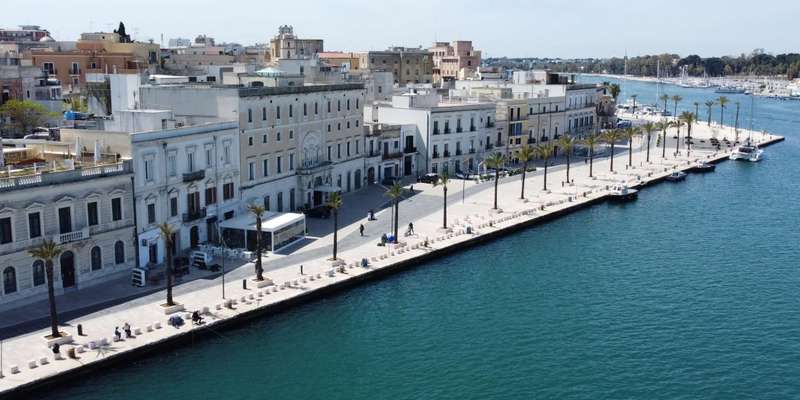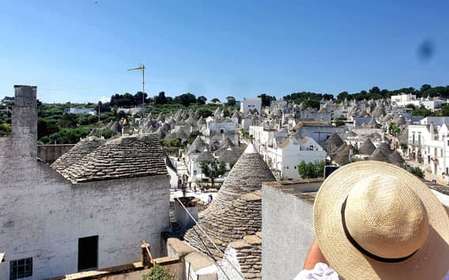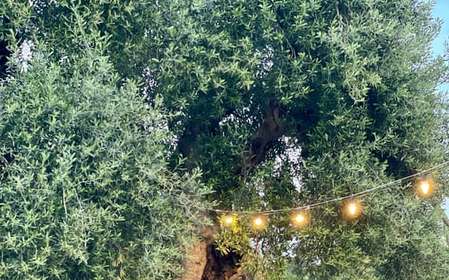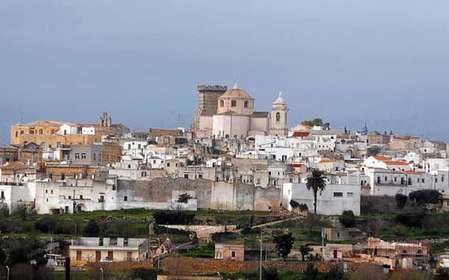- Home
- Useful Tips
- Day trips to Italy's Salento...
Planning a day trip to Salento from Brindisi can feel overwhelming with so many options and limited time. Many travelers waste precious hours figuring out transportation, choosing the right destinations, and missing out on authentic experiences. According to recent surveys, 65% of visitors regret not exploring beyond the main tourist spots in Salento, while 40% struggle with unreliable public transport. The region's scattered attractions – from Baroque towns to turquoise coves – demand local knowledge to navigate efficiently. Without insider advice, you risk spending your short visit stuck in logistics rather than savoring Puglia's famous olive groves, historic landmarks, and Adriatic coastline. This guide focuses on solving these pain points with tested strategies.


Avoiding transport headaches – smart ways to reach Salento
Public buses from Brindisi to Salento towns like Lecce or Otranto often have confusing schedules, with limited departures that eat into your exploration time. Locals know the regional trains (Ferrovie del Sud Est) offer more reliable service to key destinations, though connections to smaller villages require planning. For maximum flexibility, consider renting a car – the 40-minute drive to Lecce lets you stop at roadside masserie (farmhouses) for olive oil tastings. If you prefer not to drive, shared shuttle services operate from Brindisi Airport with pre-booked stops at major Salento highlights. Whichever option you choose, always verify return times in advance; many services reduce frequency after 7 PM, potentially stranding day-trippers.
Curating your perfect Salento itinerary – beyond the obvious stops
While Lecce's Baroque architecture deserves its fame, cramming your day with only major sights means missing Salento's soul. Start early with a coffee in Lecce's Piazza del Duomo, then head south before crowds arrive. The secret? Coastal gems like Torre dell'Orso's crescent beach or the hidden Grotta della Poesia swimming grotto near Roca Vecchia reward those who prioritize quality over quantity. For culture, the lesser-known Galatina dazzles with its Basilica di Santa Caterina's medieval frescoes – just 30 minutes from Lecce by train. Time-pressed travelers should focus on one coastal and one inland destination; trying to cover both Adriatic and Ionian coasts in a day leads to rushed experiences. Remember: Salento's charm lies in slow appreciation of its details – a leisurely lunch at a family-run trattoria beats ticking off five hurried photo stops.
Eating like a local – Salento's culinary shortcuts
Tourist traps near major monuments serve mediocre versions of Puglia's famed cuisine at inflated prices. Savvy travelers seek out authentic experiences by following these rules: First, prioritize rustic 'forno' (bakery) lunches over sit-down restaurants to save time and money – try Puccia (stuffed bread) at Lecce's Panificio Palmieri. Second, visit afternoon-only pasticcerias for freshly made pasticciotto custard tarts, a Salento specialty. For dinner with a view, Otranto's seafront promenade offers better value than Lecce's centro storico, with sunset panoramas of the harbor. Don't miss the region's signature 'caffè in ghiaccio' (iced coffee with almond milk) at historic bars like Caffè Alvino. Pro tip: Many masserie (farm estates) between Brindisi and Lecce welcome visitors for olive oil tastings and simple meals – an authentic alternative to crowded town-center eateries.
Timing tricks – beating crowds and heat in Salento
Midday summer temperatures often exceed 35°C (95°F), turning sightseeing into endurance tests. Locals structure their days around the climate: explore historic centers like Gallipoli early (8-11 AM), retreat to beaches or shaded masserie lunches at peak heat (12-4 PM), then enjoy golden hour in coastal spots like Santa Maria di Leuca. This rhythm also avoids worst crowds – cruise passengers descend on Lecce between 10 AM and 2 PM. Shoulder season (May-June, September-October) offers ideal conditions, with added bonuses like harvest festivals. For August visits, target lesser-known destinations like Nardò or Acaya where you'll share streets with residents rather than tour groups. Always check local event calendars; even small towns host vibrant sagre (food fairs) that can either enhance your experience or complicate parking.



